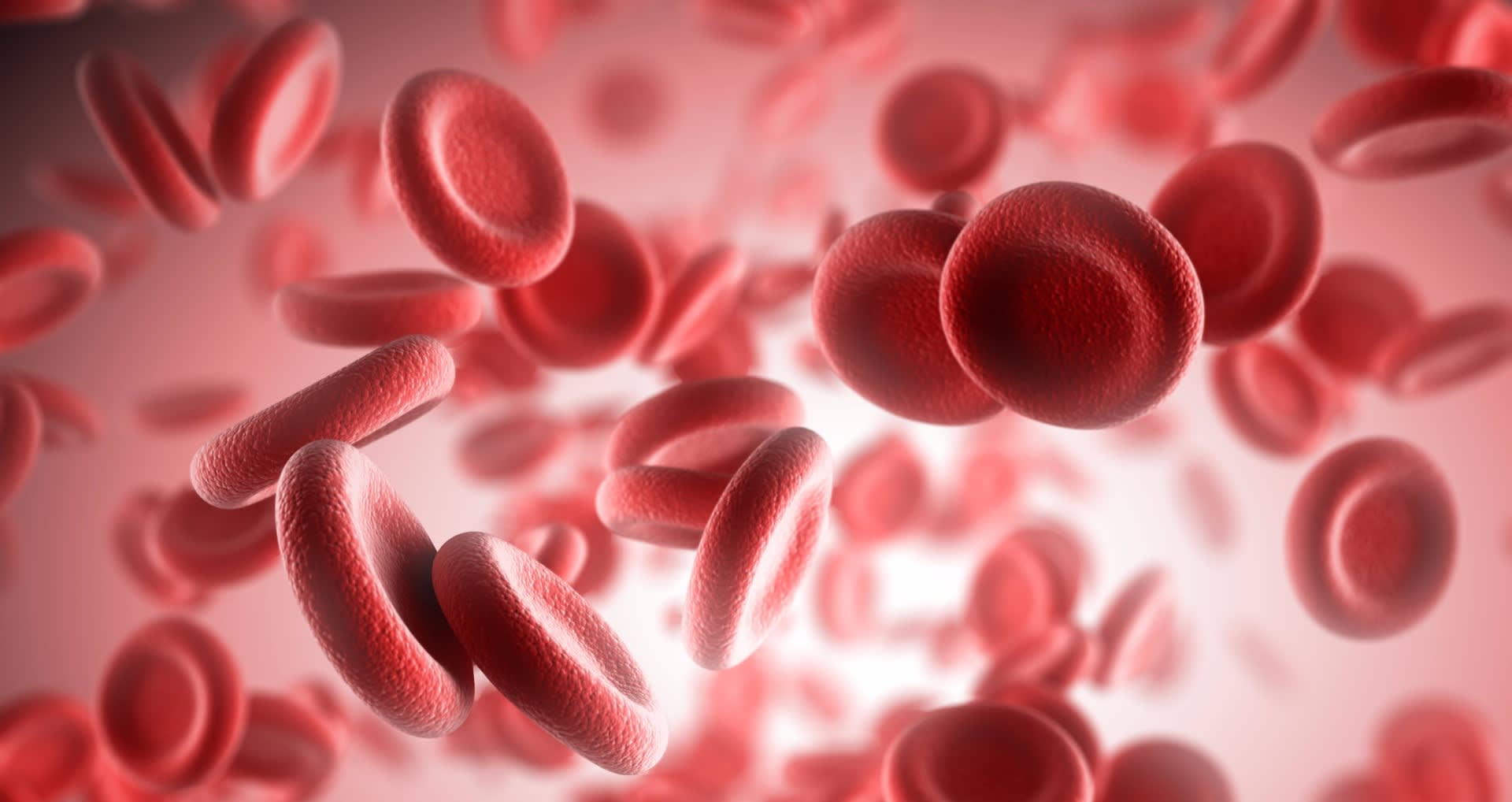
Haemochromatosis Check

The body isn’t able to get rid of excess iron - it controls levels by absorbing just the right amount of iron from food, and any excess is stored in organs and joints in the body. If you have haemochromatosis, also known as "inherited iron overload disorder" - you absorb much more iron from your food than is needed. Gradually over many years this can cause iron to build up and damage organs such as the liver, heart and pancreas leading to serious diseases such as cirrhosis or liver cancer.

People affected by haemochromatosis often complain of fatigue, weakness and lethargy, as well as joint pain which can progress to osteoarthritis. Other symptoms can include abdominal pain, diabetes, liver disease, heart problems, sexual disorders such as loss of sex drive, impotence, disrupted menstrual periods and early menopause. Haemochromatosis can also lead to neurological disorders such as impaired memory, mood swings, severe irritability, depression. If haemochromatosis is diagnosed and treated before serious iron overload and significant damage occurs, most symptoms will decrease or disappear.


